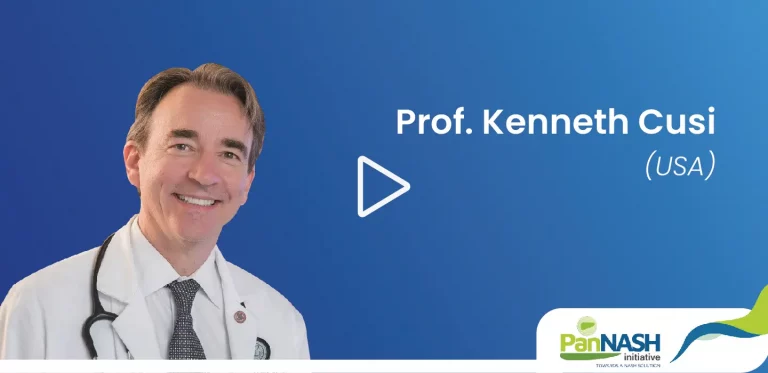Prevalence trends in NAFLD according to the Global Burden of Disease study
This study comprehensively investigated temporal trends in NAFLD prevalence at the global, regional, and national levels. The study included 21 regions and 195 countries or territories. The authors assessed secular trends in NAFLD risk factors, according...

